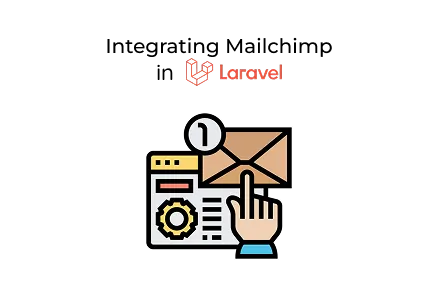Home - Scripts - Website Development

Perfect integration of Mailchimp in Laravel helps manage email lists, automate campaigns, and support scalable app development with ease.
Key Points
Email marketing remains a powerful way to connect with customers, and integrating Mailchimp with a Laravel application makes managing subscribers easier. With just a few steps, you can connect your app to Mailchimp, automate subscriptions, and streamline audience management—all within your Laravel environment.
First, log in to your Mailchimp account and generate an API key. Go to Account & Billing → Extras → API Keys on the dashboard to create a new key. You will also need your Audience/List ID, which can be found under Audience → Settings → Audience name and defaults. Store both details securely, as they will be needed in your Laravel configuration.
To connect Mailchimp with Laravel, developers frequently use the drewm/mailchimp-api package. This library offers a straightforward wrapper around the Mailchimp API. Run the following command in your project directory:
Once installed, add your Mailchimp API credentials to the .env file. This helps keep your sensitive information secure and makes it easy to update if needed.
When developing a Laravel app, you often need clean environment variables for APIs. Add the following values to your .env file:
Also, update config/services.php with:
This guarantees your Mailchimp setup remains centralized and manageable.
If you’re working in a team or providing support for mobile app development alongside backend APIs, having a dedicated service class makes integration cleaner. Create a MailchimpService.php inside app/Services.
Many companies that hire Laravel developer teams prefer keeping controllers minimal and service-driven. Create a controller to manage subscription logic:
Then add a route in routes/web.php:
Finally, create a straightforward Blade form in resources/views/subscribe.blade.php where users can submit their email addresses.
Once connected, Mailchimp handles the subscription process and stores your subscribers directly in your chosen audience list.
By integrating Mailchimp with Laravel, you can easily collect and manage subscriber data within your projects. This setup not only saves development time but also connects your campaigns directly to your application, making your email strategy more effective and scalable.

©2025Digittrix Infotech Private Limited , All rights reserved.